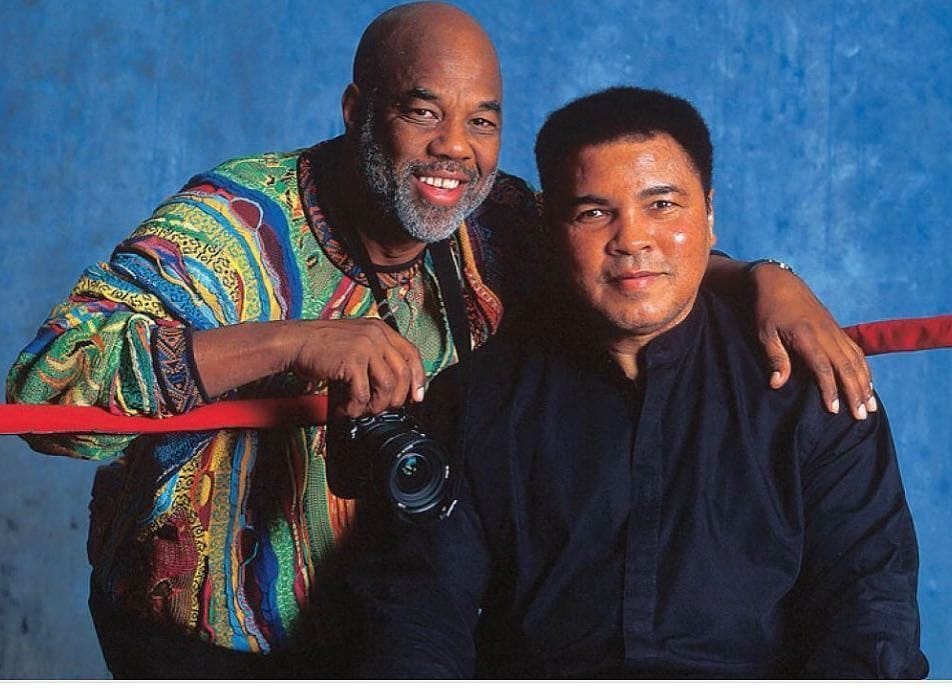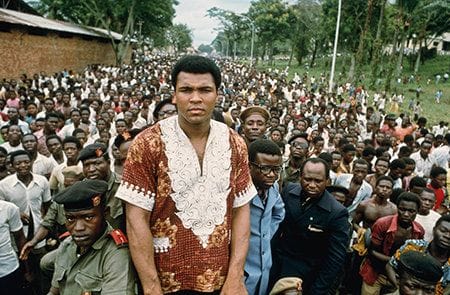|
The commotion of Muhammad Ali was often accompanied by the tranquility of Howard Bingham.
He was the friend who did not get in the way of the bright sunlight and sudden squalls around Ali. He was just there, a benign presence, with camera, with talent. Howard Bingham captured Ali when the spotlights and microphones were not on, when something approximating normal life was transpiring. He brought peace. Now, peace back to Howard Bingham, who passed Friday at 77. The obits are flying onto the web – things I never knew about him. Son of a southern preacher. Flunked photography in college. Was accepted as trustworthy by the Black Panthers in the ‘60s but could not get his photos published for decades. So much to know about Howard Bingham, who never talked about himself. He just observed -- what artists do. At any Ali happening, Bingham might be taking photos, or he might be in a corner, watching. The boxing guys were puffing out their manly chests and urging Ali to perform more of that rope-a-dope. Take a few more shots in the head, Champ. The religion guys were all dressed up and looking important and slightly menacing, too. Business people getting their percent. Cheerleaders like Bundini shouting “Float like a butterfly! Sting like a bee!” The crowds chanting, “Muhammad Ali is our champ!” Family members. Hangers-on. I remember a cook from the Middle East who somehow came to America with the Champ. A tiny African pilot who flew Ali from Zaire to Louisville. PR people galore. Reporters, all insiders. What a crew. And on the periphery was the most solid of them all, Howard Bingham, who remembered names and faces and always said hello to me on my irregular visits. We watched. I thought of him as a friend I didn’t know very well. Bingham had a much more important admirer. I just read a very sweet obit that the Los Angeles Times had on line by Saturday morning. Esmeralda Bermudez describes Nelson Mandela telling Ali about his friendship with Bingham. But you should read the story in context: http://www.latimes.com/local/california/la-me-howard-bingham-20161216-story.html I just want to say that today I am thinking about Howard Bingham, whose pocket of serenity and decency endures. |
Categories
All
|











